
cd_nom
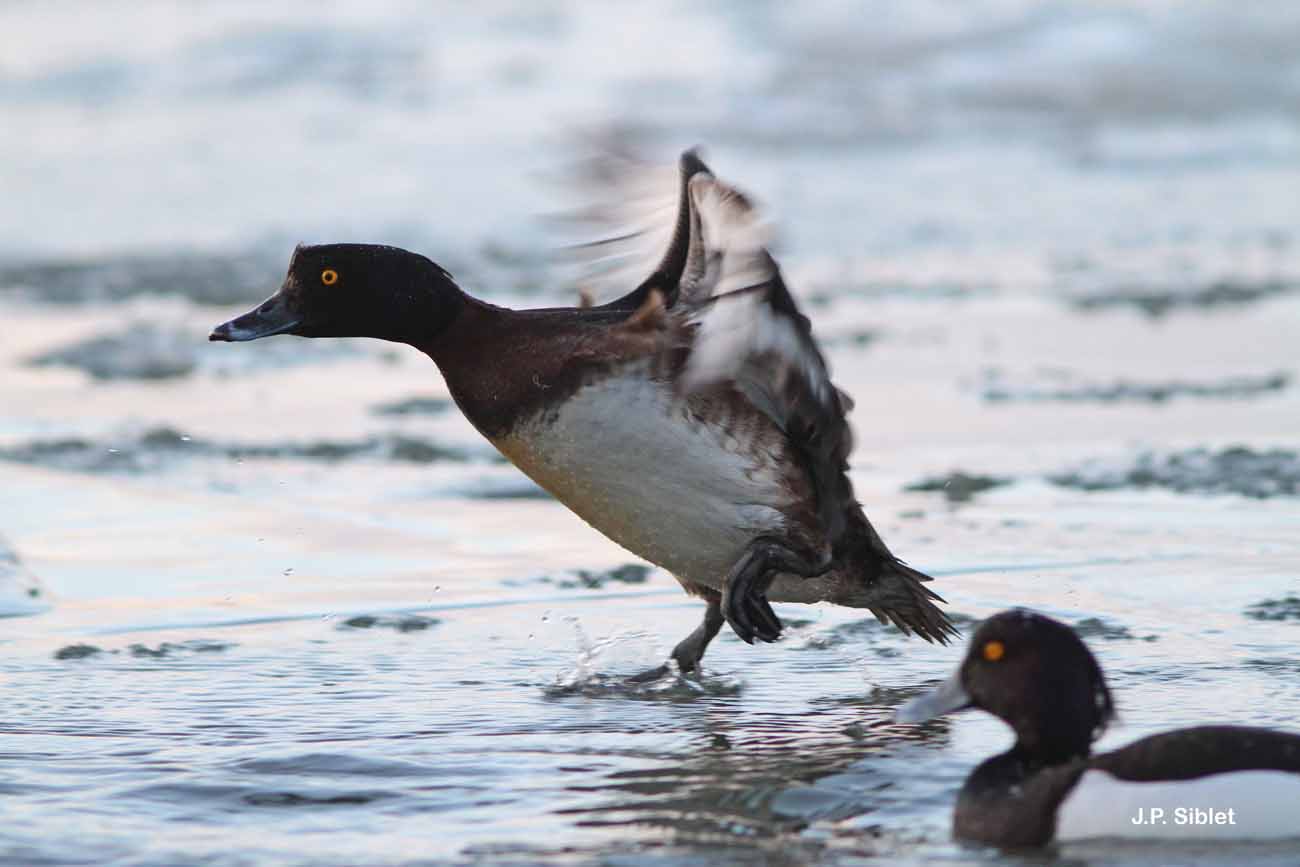
| Author : J.P. Siblet |
 |
To get the picture, please visit:
Jean-Philippe SIBLET
Muséum national d'Histoire naturelle - Service du Patrimoine Naturel
36 rue Geoffroy Saint-Hilaire
CP 41
75 231 PARIS CEDEX 05
e-mail : inpn@mnhn.fr
Despite the Creative Commons license, please inform the author of the use which will be made of his photo
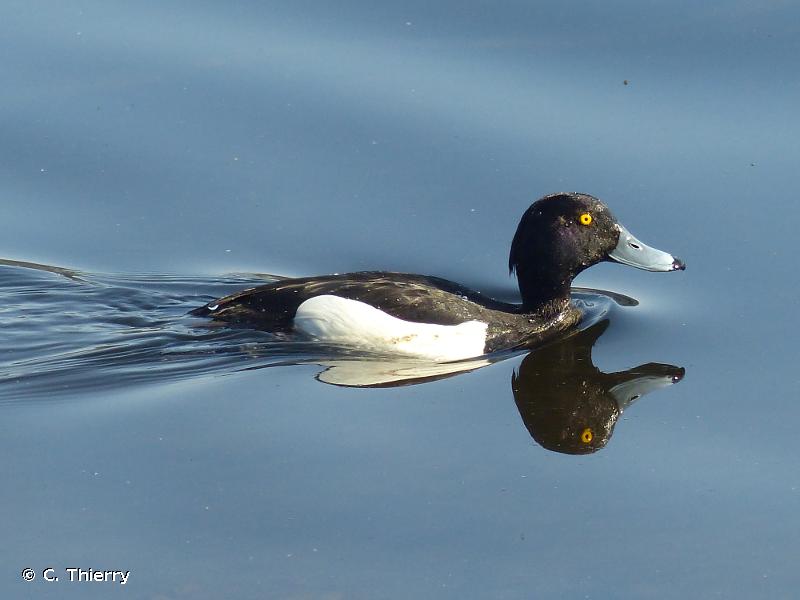
| Author : C. Thierry |
 |
To get the picture, please visit:
Chloé Thierry
Service du Patrimoine Naturel/Muséum national d'Histoire naturelle
cthierry@mnhn.fr
4, avenue du Petit Château
91800 Brunoy
Despite the Creative Commons license, please inform the author of the use which will be made of his photo

| Author : S. Wroza |
 |
Despite the Creative Commons license, please inform the author of the use which will be made of his photo
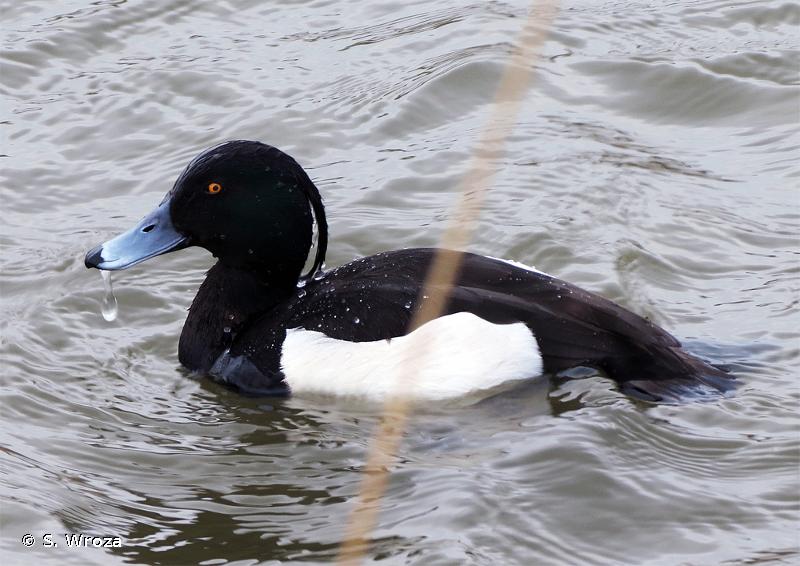
| Author : S. Wroza |
 |
Despite the Creative Commons license, please inform the author of the use which will be made of his photo
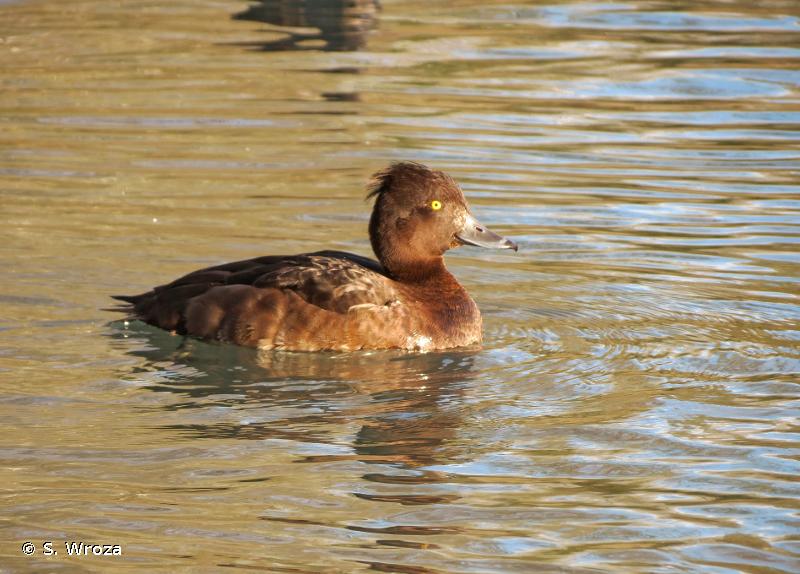
| Author : S. Wroza |
 |
Despite the Creative Commons license, please inform the author of the use which will be made of his photo

| Author : S. Wroza |
 |
Despite the Creative Commons license, please inform the author of the use which will be made of his photo

| Author : S. Wroza |
 |
Despite the Creative Commons license, please inform the author of the use which will be made of his photo

| Author : S. Wroza |
 |
Despite the Creative Commons license, please inform the author of the use which will be made of his photo
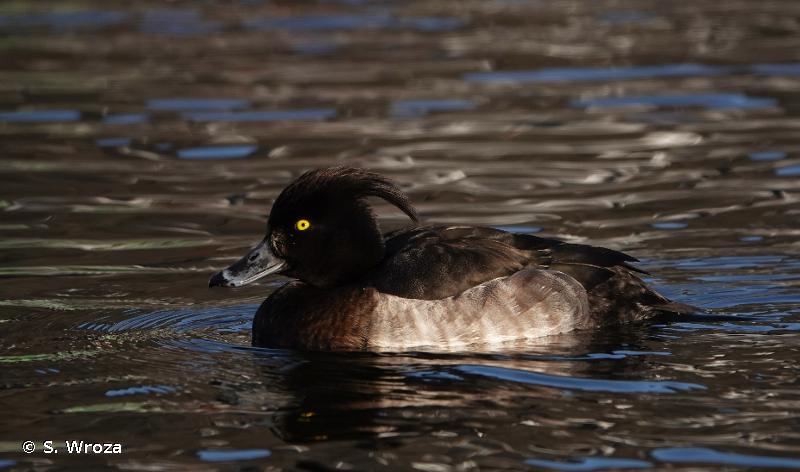
| Author : S. Wroza |
 |
Despite the Creative Commons license, please inform the author of the use which will be made of his photo
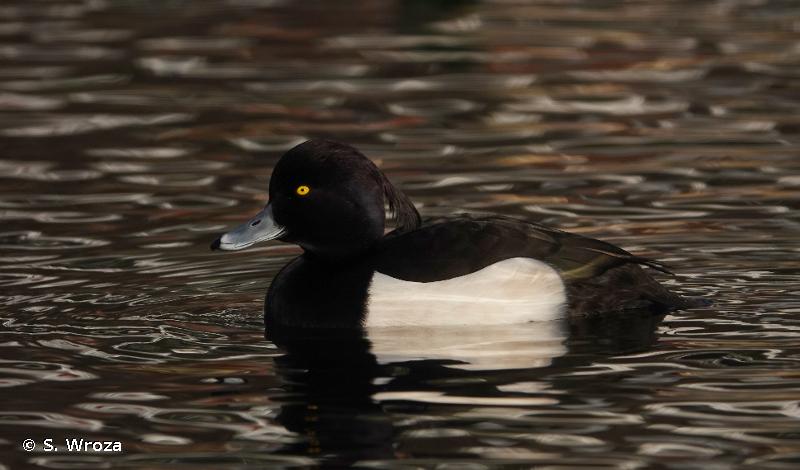
| Author : S. Wroza |
 |
Despite the Creative Commons license, please inform the author of the use which will be made of his photo
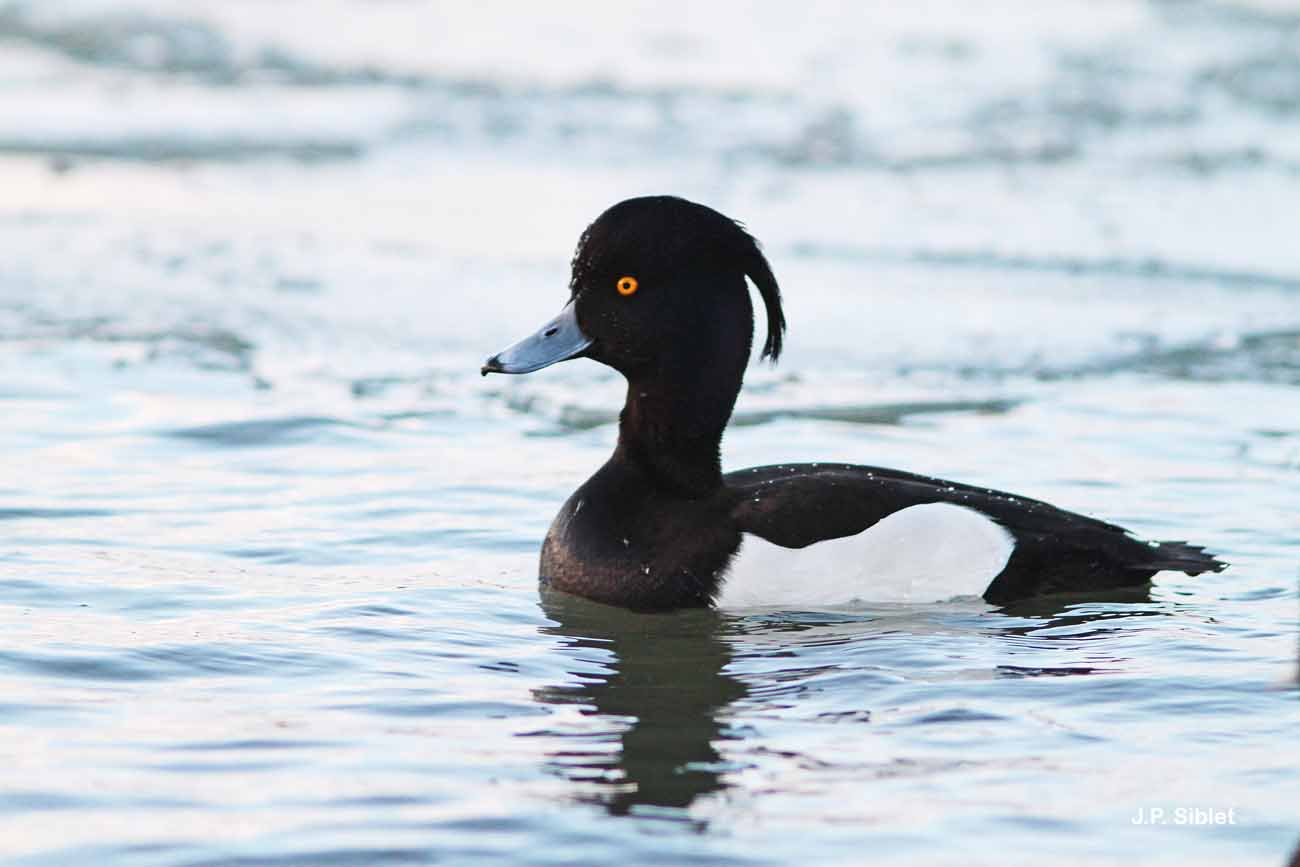
| Author : J.P. Siblet |
 |
To get the picture, please visit:
Jean-Philippe SIBLET
Muséum national d'Histoire naturelle - Service du Patrimoine Naturel
36 rue Geoffroy Saint-Hilaire
CP 41
75 231 PARIS CEDEX 05
e-mail : inpn@mnhn.fr
Legend: Mâle
Despite the Creative Commons license, please inform the author of the use which will be made of his photo
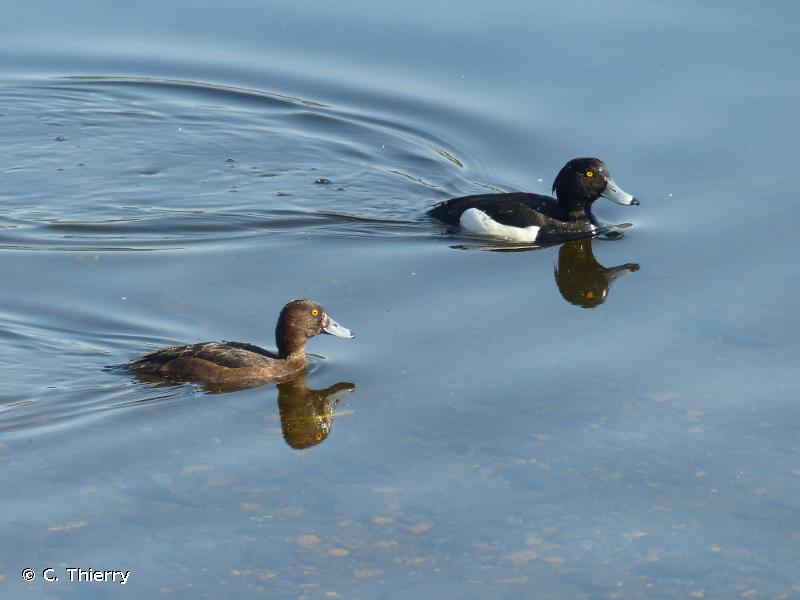
| Author : C. Thierry |
 |
To get the picture, please visit:
Chloé Thierry
Service du Patrimoine Naturel/Muséum national d'Histoire naturelle
cthierry@mnhn.fr
4, avenue du Petit Château
91800 Brunoy
Despite the Creative Commons license, please inform the author of the use which will be made of his photo
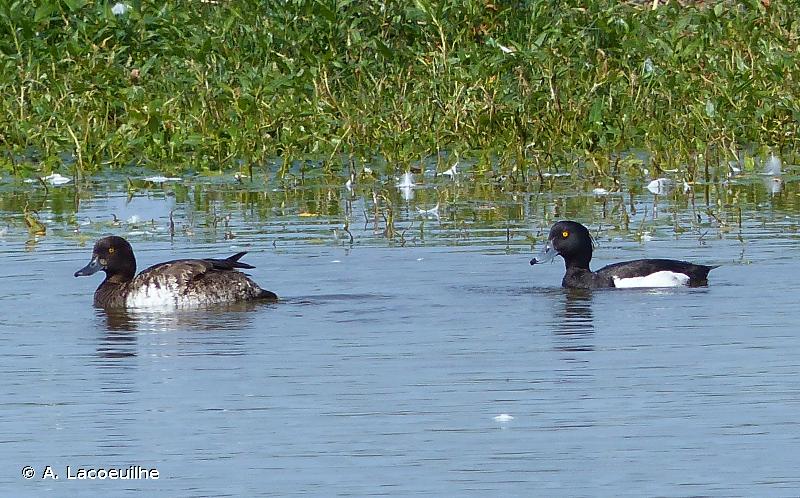
| Author : A. Lacoeuilhe |
 |
To get the picture, please visit:
Aurélie Lacoeuilhe
aurelie.lacoeuilhe@wanadoo.fr
Despite the Creative Commons license, please inform the author of the use which will be made of his photo
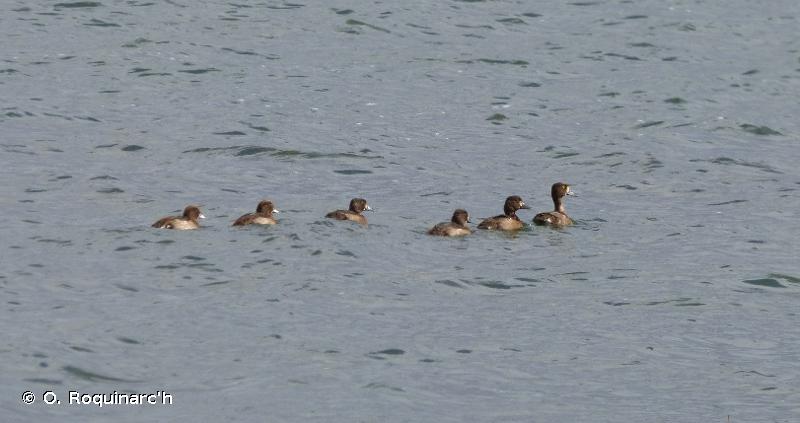
| Author : O. Roquinarc'h |
 |
To get the picture, please visit:
Océane ROQUINARC'H,
Muséum national d'Histoire naturelle,
Service du Patrimoine Naturel,
4 Avenue du Petit Château,
91800 BRUNOY
mail : oroquinarch@mnhn.fr
Despite the Creative Commons license, please inform the author of the use which will be made of his photo
Longueur 40-47 cm, envergure 67-73 cm, poids 0,5-1 kg.
L’habitat est varié mais le morillon est préférentiellement une espèce de plaine et d’eau douce. Il aime les plans d’eau profonds, d’un seul tenant et peu encombrés par la végétation aquatique.
Le Fuligule morillon est omnivore. Il se nourrit de proies immobiles ou lentes, la plupart du temps en plongeant : mollusques, crustacés, insectes et graines forment l’essentiel de son régime alimentaire.
L’espèce est grégaire en dehors de la saison de reproduction. Les groupes peuvent atteindre plusieurs centaines à quelques milliers d’individus. Le sex-ratio des groupes d’hivernants est rarement équilibré, ce qui est une (ou la) raison pour laquelle la formation des couples n’a pas souvent lieu avant le printemps. Le Fuligule morillon s’installe fréquemment sur des îles, en association avec des Laridés ou Sternidés pour améliorer la protection du nid. Les mâles se regroupent dès le mois de juin, ayant quitté leur partenaire.
Le nid, constitué d’herbes, de joncs et de roseaux est tapissé de duvet. Il est dissimulé au pied d’un buisson ou dans une touffe d’herbe ou de jonc. Il peut être à découvert s’il est édifié au sein d’une colonie de mouettes ou de sternes. La ponte de 8 à 11 œufs est déposée à partir de mai. L’incubation dure 23 à 28 jours. Les jeunes sont volants à l’âge de 45-50 jours.
Spanneut, L.(Ecosphère, Service du Patrimoine Naturel.),2008
Continental
Metropolitan France
Overseas
Marine
Metropolitan France
Overseas
The map presents a summary at the 10 x 10 km grid of the observation data for the species transmitted to the SINP. These data have been subjected to validation filters.
The map presents a reference distribution layer of the species at the scale of departments and marine sectors. The presence and absence data were established by expertise within a network of partners. This reference distribution is used in the validation process of the SINP data at the INPN level.
Corresponds to a report on the basis of at least one observation proved within a period of 10 years (20 years for little-known invertebrates) preceding the year and no presumption of extinction since obtaining the last data nor doubt on reproductive and implemented nature of this population. For migratory species, the presence indicated concerns areas of reproduction.
This status is based on one or more of the following criteria:
This point covers the absence, more difficult by nature to demonstrate than presence. This status is based on one or more of the following criteria:
This status must be assigned to a department in which the presence of the species is casual.
Particular case of absence due to a proven extinction less than a half century ago (older disappearances are treated as "no probable or definite").
In the state of knowledge, we can not comment on the presence or absence in the current department. This is the default status when not comprised in one of the previous categories or whenever there is doubt.
The map shows the global distribution of the species based on GBIF data (Global Biodiversity Information Facility).
